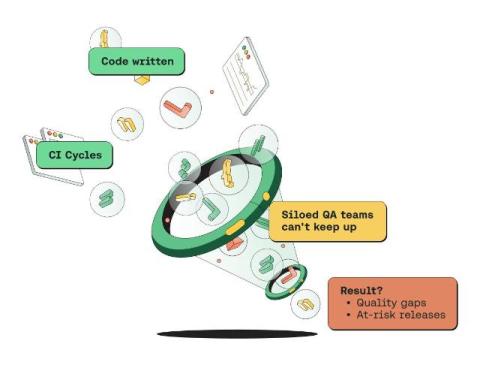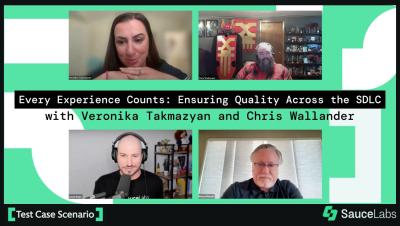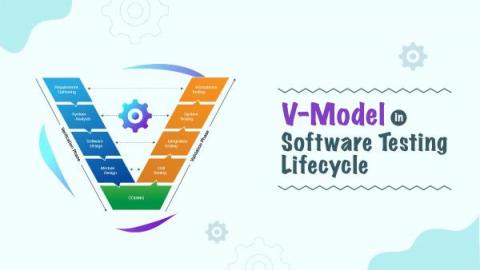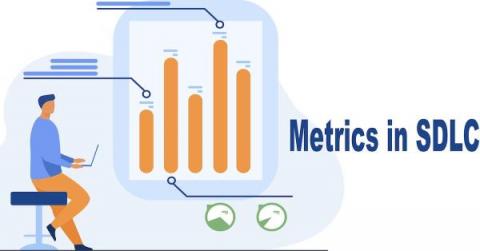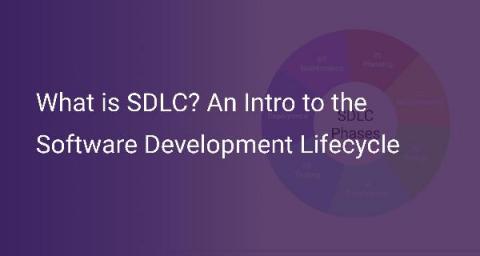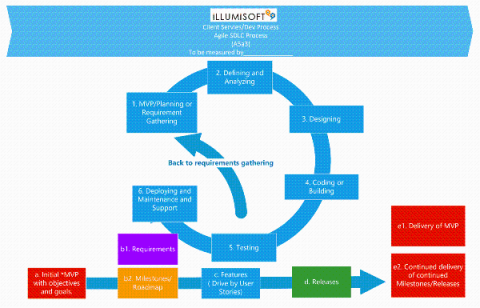Systems | Development | Analytics | API | Testing
SDLC
Every Experience Counts: Ensuring Quality Across the SDLC
Show and Tell: Discover the Benefits SmartBear's Open-Source Tools Bring to the SDLC
V-Model In Software Development Life Cycle
Plenty of development life cycles are involved in a software project, so selecting the correct one becomes difficult. Software Development Models should be selected wisely by looking at the budget, team size, project criticality, and criticality of the product. Choosing the suitable model will improve the efficiency of your IT projects and manage risks associated with the software development lifecycle.
Why Full SDLC Testing Matters for Your Mobile App Dev
Metrics in SDLC: Let the Truth Prevail
Communication is the key to managing the stakeholders. Many times, not enough efforts are made to communicate clear details, status, risks on the ongoing projects. On the other hand, not everyone can detail every important aspect or gauge what’s important to communicate without being subjective and setting aside all emotions during communication.
What is SDLC? An Intro to the Software Development Lifecycle
SDLC is one of the age-old terms in the software industry. SDLC stands for Software Development Lifecycle and is a methodology that defines various strategies and steps for building high-quality software most efficiently. SDLC is undoubtedly an integral part of most organizations’ development routines.
Optimizing your Software Development Life Cycle (SDLC) with APIs
What Is The Software Development Life Cycle (SDLC)?
In our industry, we often like to use the analogy of building a house when we describe how we build software. In our house-building analogy, this would be the blueprint of the house or the process that we are going to follow to construct a home or software. The analogy continues to be relevant because of all the interdependencies that are at work in terms of understanding the blueprint and translating it into work.
How to Incorporate Security Into Your company's SDLC
It’s been shown that if you follow a proven collection of practices for developing, designing, testing, implementing, and maintaining your software, you will produce a much higher quality product. Over the past few years, we have seen an increasing number of cases of attacks on the application layer. The Open Web Application Security Project, OWASP, estimates that around one-third of web applications contain security vulnerabilities.


